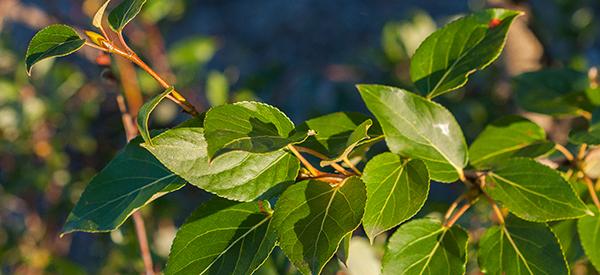
Cottonwood
Cottonwood (Populus balsamifera), also known as Balm of Gilead, or Balsam Poplar is a fast-growing deciduous tree native to northern parts of North America. The scent of the fragrant buds in spring is extremely welcome after long months of northern winters.
The sticky fragrant buds unfurl into long red catkins which quickly turn golden brown. They elongate and then burst with fluffy cotton that floats in the air and covers the ground. A faint memory of the deep white snow that has finally receded just weeks before.
Balsam Poplar or Black Cottonwood is from the Salicaceae family of plants. The same family as Willow and Aspen. The Balsam Poplar is a pioneer tree species, growing up to 6 feet (2 m) in a single season. They grow tall and straight, up to 100 feet (40 m) in an upright columnar form. They become open, irregular, and flat on top with age. They are short-lived, with the oldest specimens rarely reaching 200 years old at the most.
The History of Cottonwood
A North American native tree, it has been used by many indigenous peoples as food, soap, shelter, transportation, and bedding. The inner bark is edible and was harvested in spring. Some people of the interior used the fluffy cotton from the seeds to stuff into pillows and bedding. Large trees were used to craft dugout canoes. Soap was made from the ashes and from the inner bark. This tradition was continued by the Hudson Bay Company who then mixed the soap with tallow.
The short fine fibers of Cottonwood have been used, cultivated, and harvested in the pulp and paper industries.
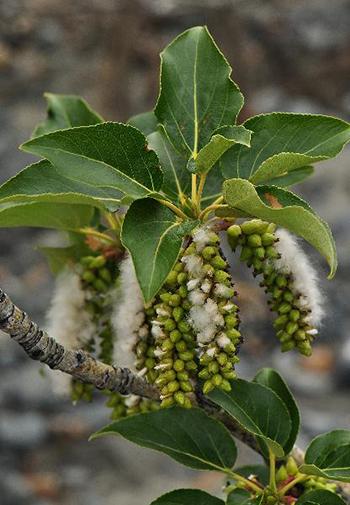
Cottonwood’s natural history is valuable and important. A pioneer species which supports slower-growing evergreen species of trees such as Douglas Fir, Spruce, and Pine. Cottonwood provides browse for deer, elk, and moose. It is home and construction material for small mammals such as beavers.
Many birds including some rare kinds of woodpeckers make their homes in Cottonwood trees. Additionally, it is especially important for many species of butterfly and moth for food and shelter. Interestingly, bees are known to harvest anti-infective resin to help protect their hives.
Importantly, Cottonwoods have a long tradition of medicinal use. The resin, harvested from the buds in spring, has been used by many North American indigenous people. It was used to treat many afflictions including skin infections and lung issues.
Where the Plant is Found
Cottonwood or Balsam Poplar, along with its close relatives and natural hybrids, are found throughout the northern parts of North America. Balsam Poplar grows in moist to wet lowlands, streambanks, swamps, lakeshores, seepage sites, and gravel bars. They are most often found at low to mid-elevations in full sun. Cottonwood is extremely frost tolerant. However, they will not grow in shade.
Related: The Complete Map of Edible Plants: Find Out What You Have in Your Area! (Video)
How to Identify Cottonwood
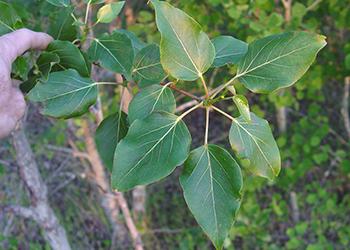
A tall, straight, hardy tree, Cottonwood often grows in colonies along riverbanks with other moisture-loving species such as Trembling Aspen (Populus tremuloides), and Paper Birch (Betula papyrifera).
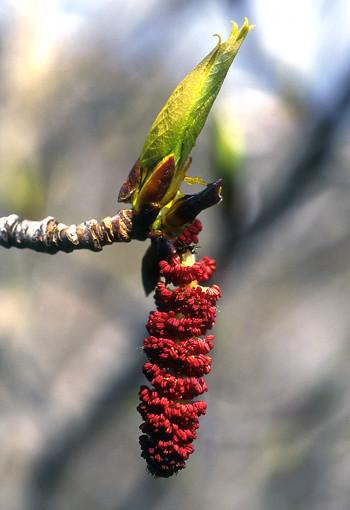
Their leaves are heart-shaped with pointed tips and are deep glossy green with pale undersides. Often, leaves are marked with brown.
They are 2 ½ to 5 inches (6 to 12 cm) long with serrated margins. The leaf stalks and veins are lighter green in color.
Cottonwoods flower before the leaves emerge. In flower, male and female catkins form on separate trees.
Male catkins are shorter, only about 1 inch (2 to 3 cm) long, and drooping.
The long female catkins are graceful and pendulous, often reaching 3 to 8 inches (8 to 20 cm) long.
Female catkins produce the cotton fluff which helps to disperse the seeds.
Young Cottonwood has smoother green/gray bark which becomes gray, quite rough, and deeply grooved with age.
How to Grow Cottonwood
Grow Cottonwood in full sun in moist areas that do not dry out. Cottonwood grows easily from cuttings and from seeds in the perfect environment. In fact, they can be difficult to remove once established.
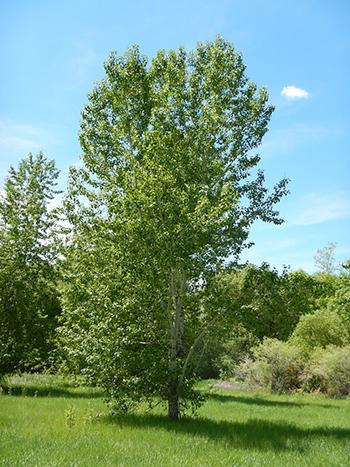
Their strong root system will send up volunteers if the main tree is cut. Cottonwood roots can be quite aggressive. This tree should not be planted close to foundations, underground water lines, or septic fields.
A little local folklore story is of a house in my neighborhood with a huge cottonwood tree planted almost right outside the front door. The story is, many years ago, a young boy came home from playing and declared to his mom, “Mom, I’m planting this tree right here!” He stabbed a dead-looking branch in the ground in the middle of his mom’s little flowerbed outside the front door.
The boy’s mom didn’t want to discourage him so just left the branch there. Lo and behold, the tree took root. It sprouted leaves and continues to grow right there, awkwardly directly outside the front door. It is a Cottonwood tree!
Get Your Own Medicinal Seeds, Last 30 Packs Left
How to Harvest This Plant
Around this time of year, before the Cottonwoods make their cotton, the ground is littered with what we call poplar stickies. These stickies are shed from the Cottonwood trees’ buds before they leaf out. This means it is past the time for harvesting Balm of Gilead Cottonwood Buds.
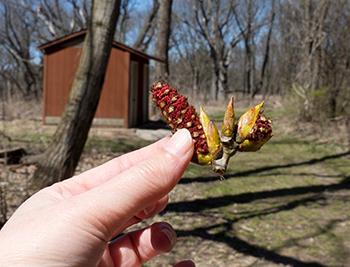 Harvest time is from late January through to mid-April for harvesting Cottonwood Buds. It could be said, I waited until the very last moment, harvesting just last week. A great recommendation is to harvest the buds when the trees are still dormant and frozen. This makes the buds much less sticky, thus much easier to harvest. This may be true.
Harvest time is from late January through to mid-April for harvesting Cottonwood Buds. It could be said, I waited until the very last moment, harvesting just last week. A great recommendation is to harvest the buds when the trees are still dormant and frozen. This makes the buds much less sticky, thus much easier to harvest. This may be true.
For this year’s harvest, I waited until the sap was flowing in the trees. It was still below freezing in the morning, but by the time I finished, the temperature had risen to 50° F (10° C). The buds were glistening, and some were already excitingly dripping with the valuable aromatic resin.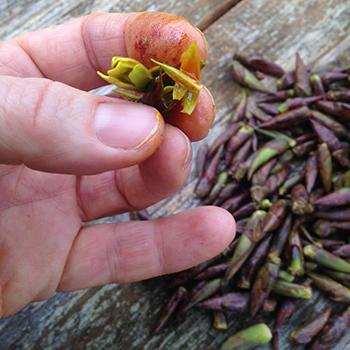
I collected branches from some wayward Cottonwood suckers that will, unfortunately, have to be removed later this summer. Having the pruned branches made it easy to snip off the gorgeous maroon buds into a box. These are sticky with a strong, spring-like, resinous aroma. If the sticky part does get on your skin, it washes off reasonably well with castile soap or a little rubbing alcohol.
Buds are, of course, potential leaves and new branches for the tree. It is always sensible to only harvest a bit, always leaving much more than you take. Additionally, it makes sense to harvest from multiple trees.
As soon as possible, I put the Cottonwood Buds in a jar, ready for making Balm of Gilead oil.
What Cottonwood Is Good For And The Natural Remedies Made From It
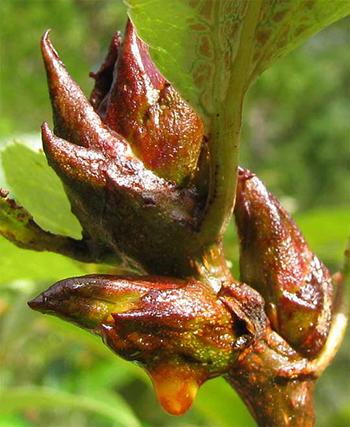 The buds of Cottonwood trees contain a waxy resin. Traditionally, this resin has been used in herbal medicine and by indigenous peoples. The resin is thought to be antibacterial and anti-infective. It has been used in wound healing and to aid skin ailments such as eczema, cuts and scrapes, insect bites, rashes, and psoriasis.
The buds of Cottonwood trees contain a waxy resin. Traditionally, this resin has been used in herbal medicine and by indigenous peoples. The resin is thought to be antibacterial and anti-infective. It has been used in wound healing and to aid skin ailments such as eczema, cuts and scrapes, insect bites, rashes, and psoriasis.
The resin is also thought to relieve pain and inflammation. As part of the Salicaceae family of plants, this rings true. Populus balsamifera bud resins are a valuable source of bioactive compounds which contain anti-inflammatory, antibiotic, antifungal, and antioxidant properties.
The resin can be extracted from the buds to make Balm of Gilead oil. It may also be extracted in alcohol. Our method below uses a combination of both oil and alcohol. The infused oil can be made into many other products. Most notably, the oil is perfect for making Balm of Gilead salve, or other skin therapy or pain-relieving salves.
The 10 Medicinal Seeds You Should Plant for a Complete Backyard Pharmacy (Video)
What Parts of The Plant Are Used In Remedies?
The resin, obtained from fresh Cottonwood buds collected in early spring, is the main plant part used in herbal remedies today.
A DIY Cottonwood Recipe
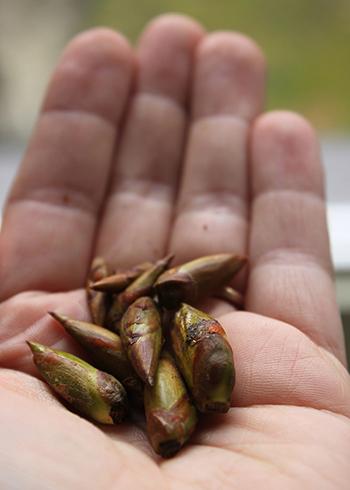 Here we are going to make the Balm of Gilead Infused Oil. This oil is not only a pain-relieving oil and oil to soothe and heal skin afflictions, but also Spring captured in a bottle. The oil can be used on its own.
Here we are going to make the Balm of Gilead Infused Oil. This oil is not only a pain-relieving oil and oil to soothe and heal skin afflictions, but also Spring captured in a bottle. The oil can be used on its own.
Moreover, it can be used to infuse other ingredients. Imagine the skin-healing power of Balm of Gilead Infused Oil, double infused with another incredible skin healing herb such as Calendula. On the other hand, it may be double infused with a pain-relieving herb such as Arnica. Or both! Other wonderful options may be infusing or mixing with Willow Bark, Cramp Bark, Wintergreen, or Rosehips.
The Balm of Gilead Oil, or subsequent double-infused oil, is ready to be made into a salve. A salve is made by gently melting together the infused Balm of Gilead Oil with beeswax. There are other vegan options to use instead of beeswax such as Candelilla wax.
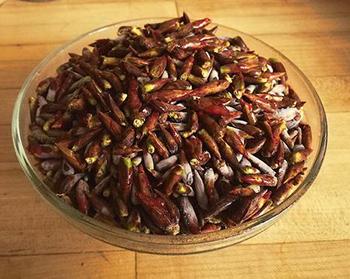
Making a salve makes the medicinal ingredients of the infused oil firm. This makes them easy to apply, and easy to carry with you. A common ratio for salve is 1-part beeswax to 2 to 3 parts infused oil. Beeswax melts at about 150° F (65° C), so you don’t need to heat the combined ingredients too much or for too long. Melt them well together, stir, and allow them to harden in a cool, dry place, in the desired container.
Balm of Gilead Infused Oil
Ingredients
- ½ cup Cottonwood Buds.
- 1 tablespoon rubbing alcohol.
- 2 cups oil of your choice.
- I used 1 ½ cups of extra virgin olive oil and ½ cup of sunflower oil. Other great choices for infusing Cottonwood buds are almond oil, avocado oil, grapeseed oil, or safflower oil.
Method
- Collect ½ cup of resinous cottonwood buds early in the spring before leaves unfurl.

- Place buds in a glass jar. For this infusion, rather than a canning jar, I reuse a recyclable glass jar, such as a pasta sauce jar. I find the sticky residue makes the jar less reusable after use, so I don’t use my good canning jars.

- *Optional. Pre-extract resin with alcohol. Put 1 tablespoon of rubbing alcohol over the buds. This is to help release some of the resins’ goodness that may not be oil soluble. I allow the alcohol to evaporate over 2 days. I keep the jar in a sunny window or outside. I alternate letting the condensation build up by leaving the lid on. Periodically, I release the condensation by removing the lid. I believe this helps to inspire the alcohol to evaporate more thoroughly.
- Once the scent of alcohol is almost completely gone from the lovely resinous Spring-like aroma, I cover the buds with 1 ½ cup of chosen oil. The jar is now placed in a dark cupboard at room temperature. There is always a decision when making extractions. Dark or light? Cold or warm? Many Balm of Gilead extraction methods I have read, use heat, even boiling the buds in oil. This is certainly an option. However, I am choosing to take my time with this infusion. The fact that many herbalists use heat makes me feel good that the bioactive compounds may be stable at higher temperatures.

- In just one week, the oil I have made could be considered almost ready. The alcohol did help speed up the process, in my opinion. I am choosing to leave the infusion for a few more weeks. It could stay in the cupboard for up to a year.

Potential Uses for Balm of Gilead Infused Oil
- I plan to use this oil to make some interesting and healing salves. For myself, I’d like to make one that is pure Balm of Gilead Oil. This way, I can see its healing powers on its own.
- I think I will be trying some of the experiments listed above. For example, I may make a Balm of Gilead Salve for Mother’s Day, using some Calendula and Rose oil infusions I made previously. This will give the salve some epic skin healing (and anti-aging) properties.
- Another idea for Father’s Day is to make a Pain-Relieving Salve for my Father-In-Law who suffers from arthritis. I may include some arnica oil and willow bark to that salve.
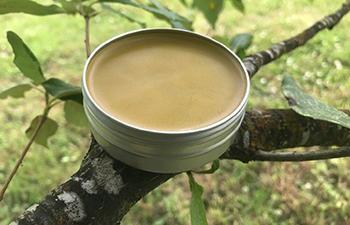
Dosage
Use Balm of Gilead Infused Oil on the skin or massaged into sore muscles and joints as needed. Similarly, if Balm of Gilead Infused Oil is made into other preparations such as Balm of Gilead Salve, use externally to relieve pain or skin irritations.
How To Preserve This Plant
Cottonwood buds can be preserved in oil as above. Another method to preserve cottonwood buds is to put them in a sealed container in the freezer shortly after harvest to use at a later time.
What Plants Resemble Cottonwood?
Other trees growing in similar situations as cottonwood may cause some identification challenges. Paper Birch may be similar in appearance at a distance. Trembling Aspen is quite close in appearance. The buds are much smaller, which is a big indication of harvest time.
| Feature | Cottonwood(Populus balsamifera) | Trembling Aspen(Populus tremuloides) | Paper Birch(Betula papyriferia) |
| Size | Up to 100 feet(35 m) | Up to 90 feet(30 m) | Up to 90 to 120 feet (30 to 40 m) |
| Leaves and Buds | Glossy large dark green leaves with pale undersides. Heart-shaped with pointed tips and finely toothed edges. 1-inch long resinous buds in spring. | Deep green leaves with pale undersides, almost round with pointed tip. Small non-resinous buds in spring. | Pale green, oval with pointed tips, and toothed edges. 2 to 4 inches (5 to 10 cm) long. |
| Bark | Rough gray-green bark, deeply furrowed with age. | Smooth greenish gray with dark scars where previous branches grew. | Red to brown when young, maturing to attractive peeling and curling white. Horizontal lines called lenticels are evident at every growth stage. |
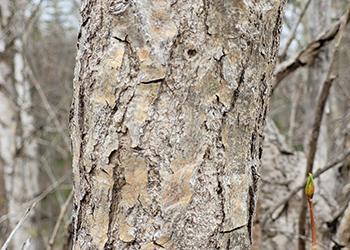 |
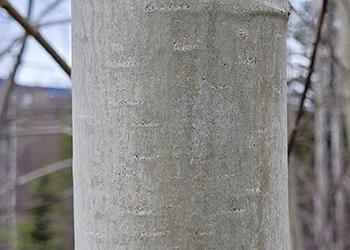 |
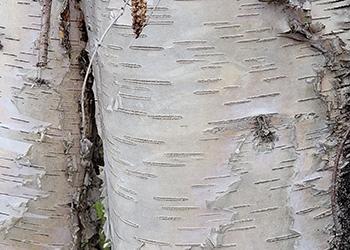 |
Warnings And Cautions
Balm of Gilead is considered safe for topical use. Of course, with any new ingredient do a small skin test by placing a small amount of the oil or resin on the skin and wait 24 hours. Any reaction such as itchiness or hives may be an indication of sensitivity. Cottonwood cotton fluff is dreaded by many allergy sufferers in the area I live. It only makes sense to practice some caution with topical use for people who suffer from seasonal allergies.
You may also like:
 God’s Pharmacy: 10 Medicinal Plants from the Bible
God’s Pharmacy: 10 Medicinal Plants from the Bible
Similar to Morphine: The Best Natural Painkiller that Grows in Your Backyard (Video)
How to Treat Back Pain with Comfrey Root








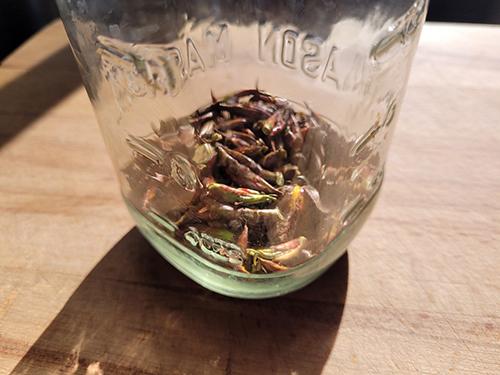
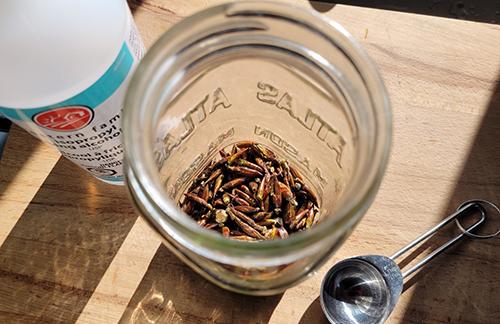
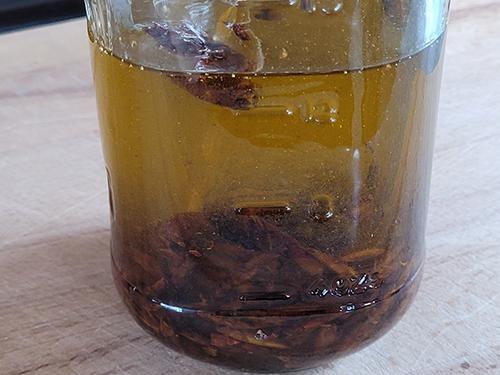
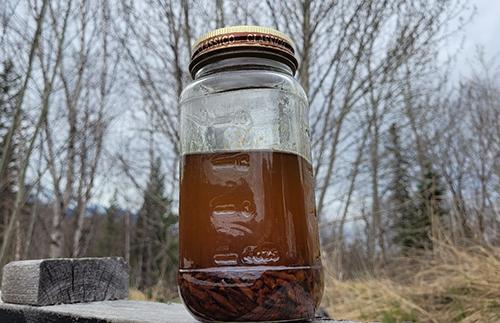
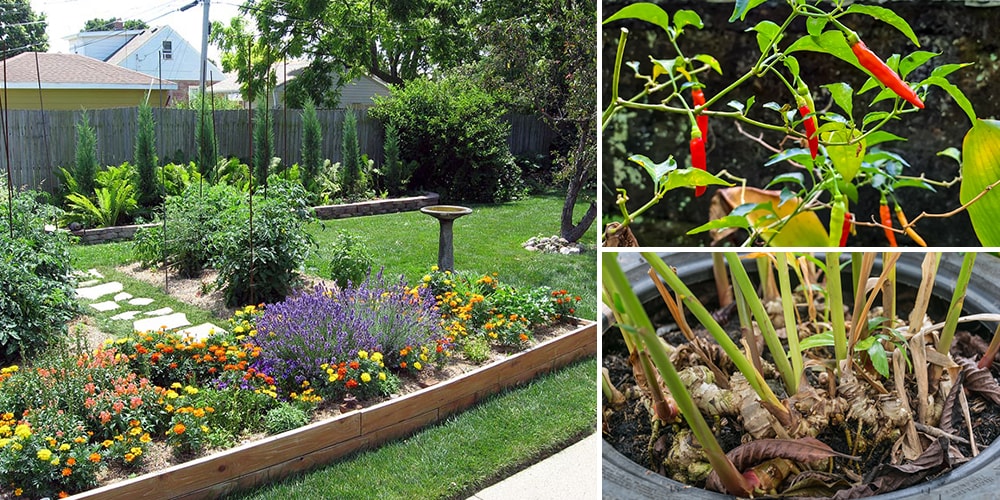
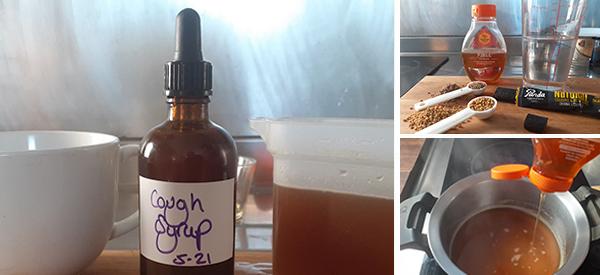
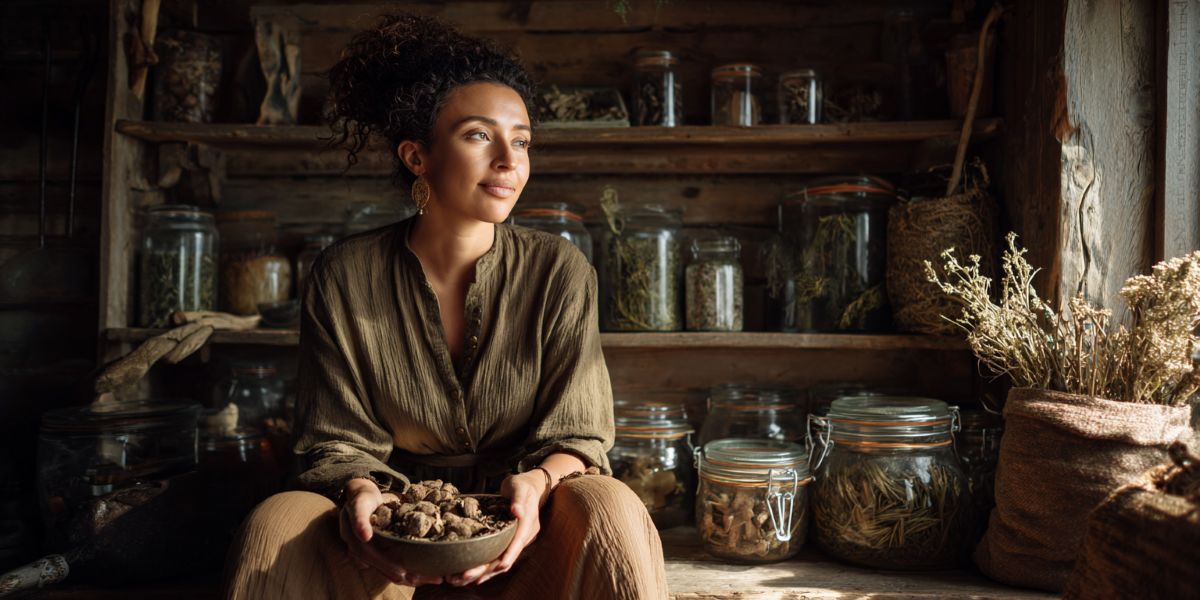
I HATE cottonwood. Dang trees drop all those cotton puffs clogging the streams and such.
Makes it difficult to fish or much else during those weeks.
Cottonwood works great for skin issues! I used it on my eczema for three months and it went away!
Hi Gabbie,
Thank you for sharing with us your experience using Cottonwood.
I am glad it helped you.
God bless!
Today I made the balsam of Gilead out of cotton wood…Thanks Dr.
Our LORD granted me stewardship over 5+ acres which contains a large number of cottonwood trees and other plants good for medicinal and food use. I never knew the benefits of cottonwood before this article. Thank you so much for passing this information along. My thoughts for “Crazysquirrel” above. I also have waterways covered in cotton snow. There is a reason this happens so try not to be vexed for this short period and seek out the reason and benefit to the wildlife and ultimately to you for this annual occurrence.